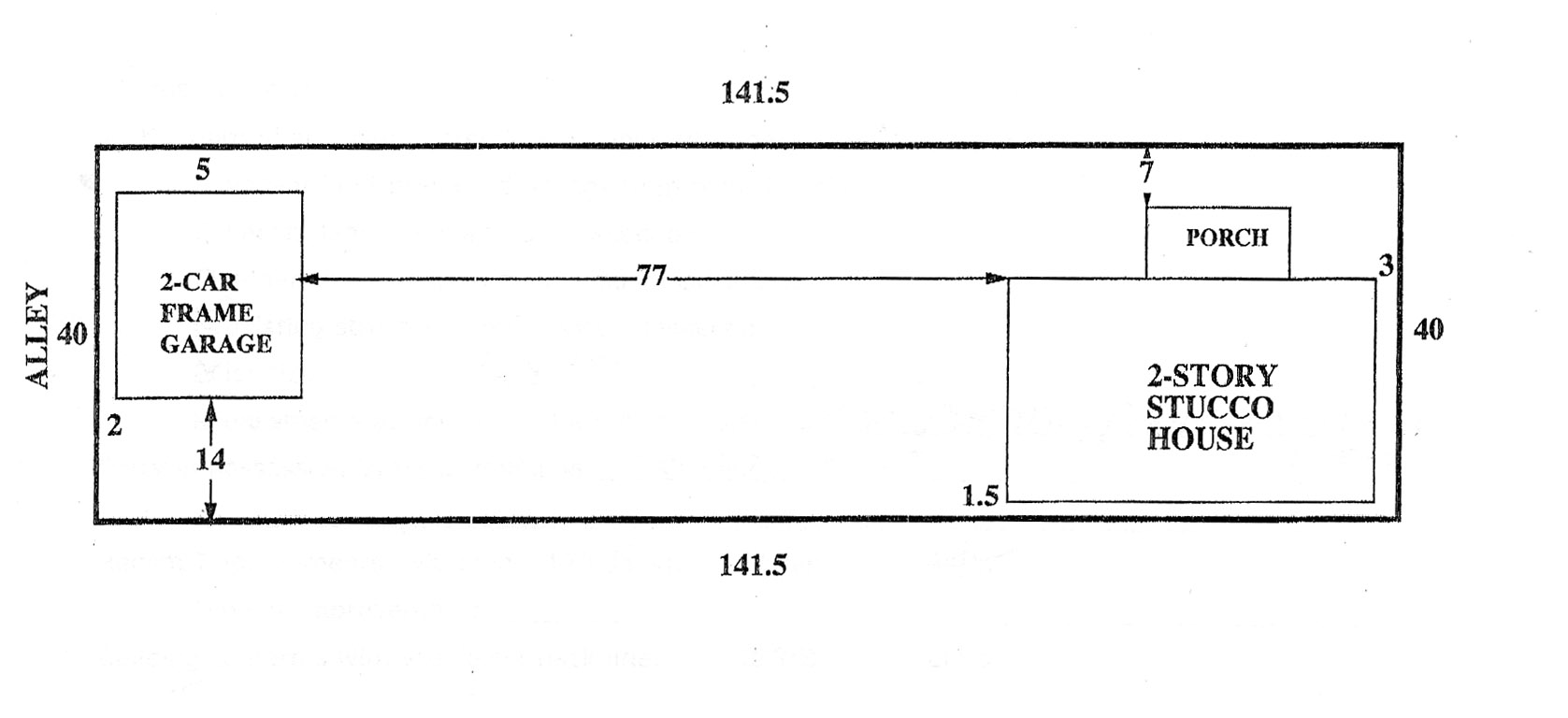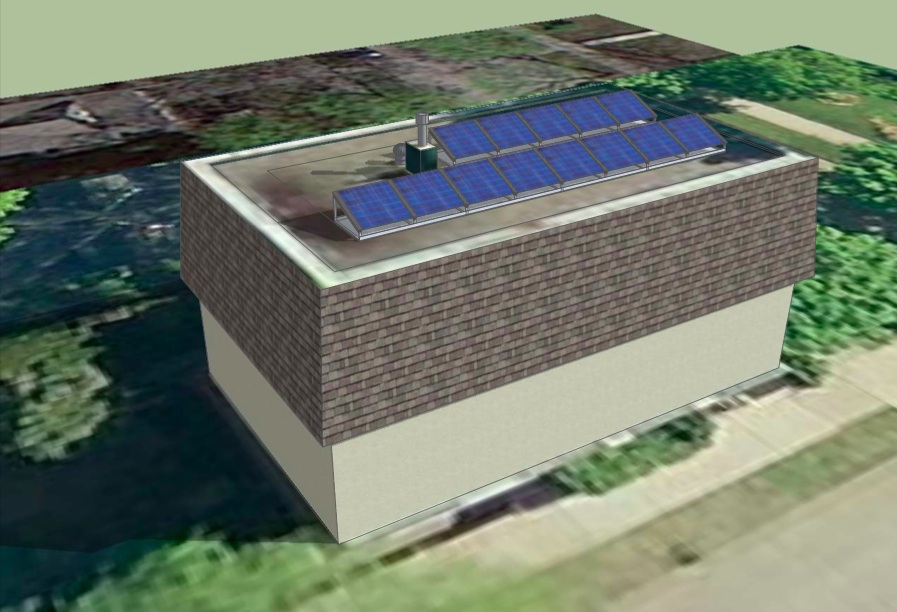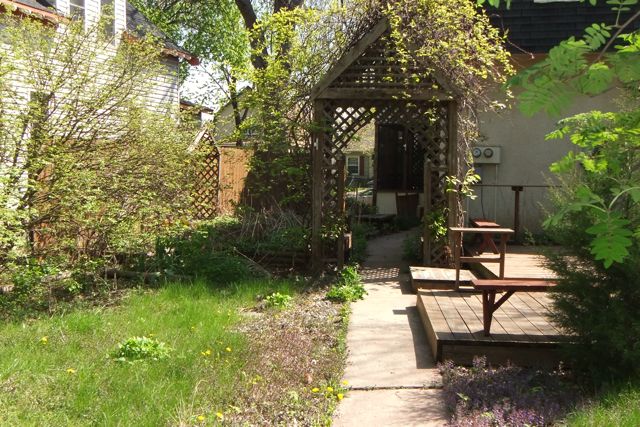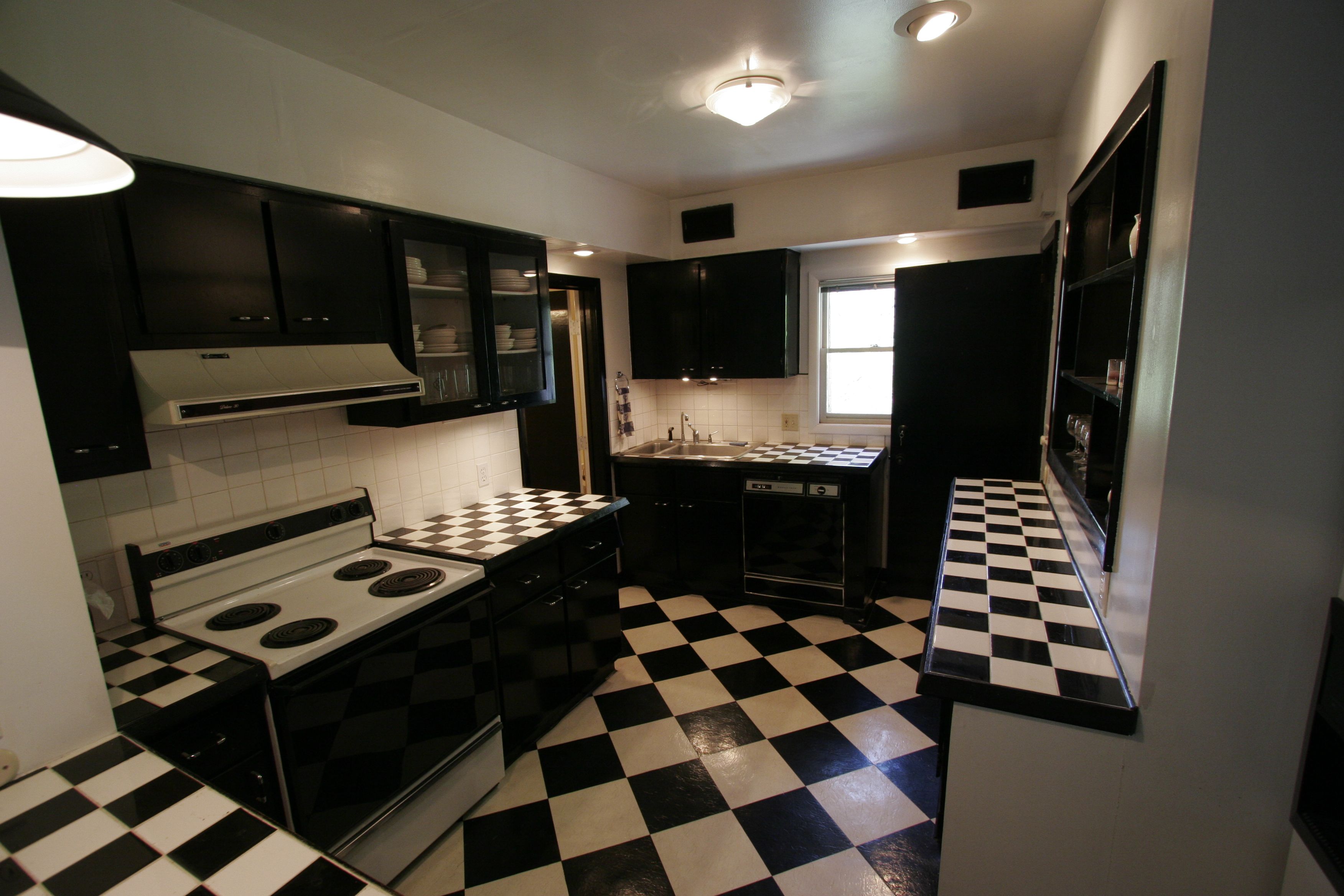I “closed” on this house two days ago and am now the proud owner of real property. After stroking my signature or initials in fourty-seven places in two dozen documents, a deed of ownership with my name on it is somewhere in the system, on its way to being officially recorded.
It is a strange experience, the process of transferring ownership of property from one person to another. It is also a complicated process. I have been through closings several times before; each has left me with disquieting emotions. Most people will be a party to a house purchase only a few times in their life. And because the amounts of money involved are so large– probably the largest we’ll ever personally deal with– you would expect that considerable attention is spent in understanding what the 47 signatures obligate us to.
And so it has always puzzled me why the process does not allow for me to review the papers before being asked to sign them. Especially when the signature line has the preamble “I have read and understood the contents in this document”.
I would like to take the time to actually read the pages I am declaring I have read and agreed to. Instead, I am told these are standard forms and I should just sign them. There is a closing scheduled for this room immediately after this one. There isn’t time at a closing for me to read them. I am not a lawyer, but I would think this process might not hold up if contested in court. I don’t dispute the forms are standard, I appreciate the regulations that made them so. I just want to be honest when I sign them.
A property transaction involves so many parties and so many complex documents, interactions and interests, that a specialized industry has been spawned to service the need to coordinate everything: the title company. At a typical closing one finds the buyers and sellers, their real estate agents, representatives from their banks, possibly attorneys and builders. Not represented, but playing a large role in the transaction are government entities: cities, counties, states, and many departments of the federal government. There is money to be transferred to or from or between all of these parties. The title company becomes a clearinghouse for doing so and coordinates the paperwork and documentation to make a “clean title transfer” to the buyer.
I infer from that property ownership is hard to prove and easy to fake. So there is a service the title company provides: they search the public records to ensure that the seller really owns the property and has the right to sell it. The search involves the property register, taxes due, liens against the property, code violations, and other things that encumber a property. If it passes all the inspections and requirements, it may be sold and the title transferred.
The fees involved for the title search are paid for by me, the buyer. So I find it a bit annoying when I am offered “title insurance” to protect me from defects in the title. It strikes me as buying insurance from a company to protect me from that same company screwing up, and not doing what I paid them to do. Does this seem like a conflict of interest?
I was not offered a description of the title insurance policy so I could consider what it protected and what its value was. Further, when I asked if I could purchase it the next day, the answer was “no”, it must be done right then, at closing. I had not been informed what the title search had discovered, even though it had been completed weeks earlier. I learned two days prior to closing (by my own phone calls to get public information) that seven years of back taxes were due. The entire closing process was very opaque. It did not need to be, and I could have been reassured that the tax issue would be resolved and that the deal would succeed.
The bank buys title insurance, as a matter of policy, so that they can sell the mortgage to other banks. I pay for it though, and the total premium for my house was $900, of which $700 went to the title company agent as his commission! Does this seem like a good product? And why isn’t there something better to deliver $200 of risk premium?
Title companies compete. But I don’t see the magic of the free market working here.






